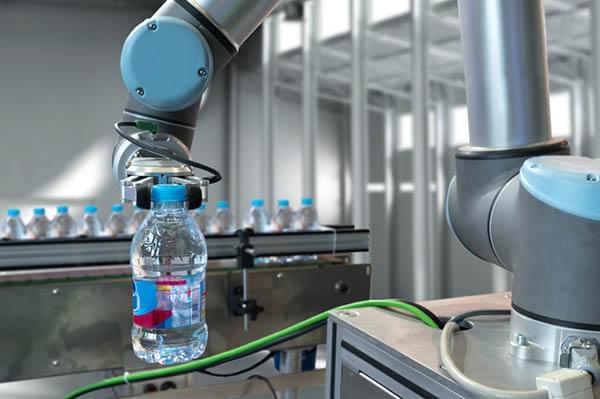RoboCup is an annual international robotics competition proposed and founded in 1996 by a group of university professors. The aim of such a competition consists of promoting robotics and AI research, by offering a publicly appealing, but #formidable challenge.
In 2016, the world’s competition was held in Leipzig, Germany. RoboCup 2017 was held in Nagoya, Japan.
#Humanoid League.
===============================================================
Want to make a donation?
Here is my bitcoin address 3NbvUroYjMRoUQkqPPPBWkNXvj4gaAUcUN
===============================================================
Copyright © Thermo Man. All rights reserved.
https://www.youtube.com/channel/UCev3bR4qEEdCqiRGMkocKIQ
Playlist.
Shopping Playlist.






